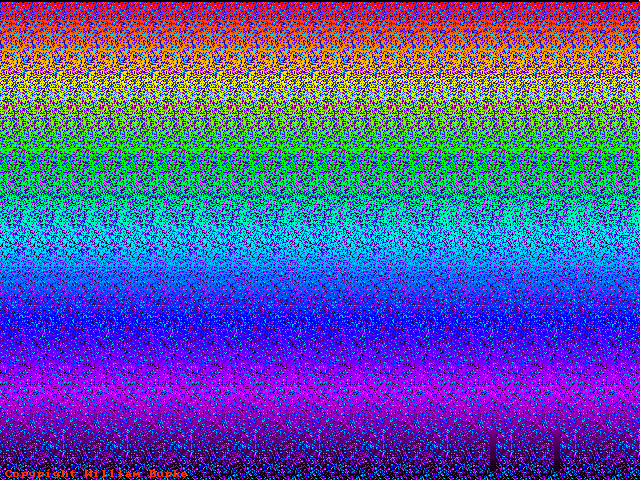What is hidden in 3D image?
Brain Teasers
[1694] What is hidden in 3D image? - Stereogram - 3D Image - #brainteasers #stereogram #3Dimage

2015-12-06
Gerardus Johannes MulderBorn 27 Dec 1802; died 18 Apr 1880 at age 77.Dutch chemist remembered for his analysis of proteins, for which he coined the name (perhaps suggested to him by Berzelius), in French, protéine (1838) based on the stem “proto” from Greek, as a primary or fundamental substance forming the bodies of animals and plants. Further, he isolated fibrin, the protein associated with clotting blood. He also worked in soil chemistry, was the first to analyze phytol correctly during research on chlorophyll, and confirmed Bezelius' suspicion that theine and caffein were the same compound. He published technical works on the chemistry of indigo (1833), wine (1855) and beer (1857).« |